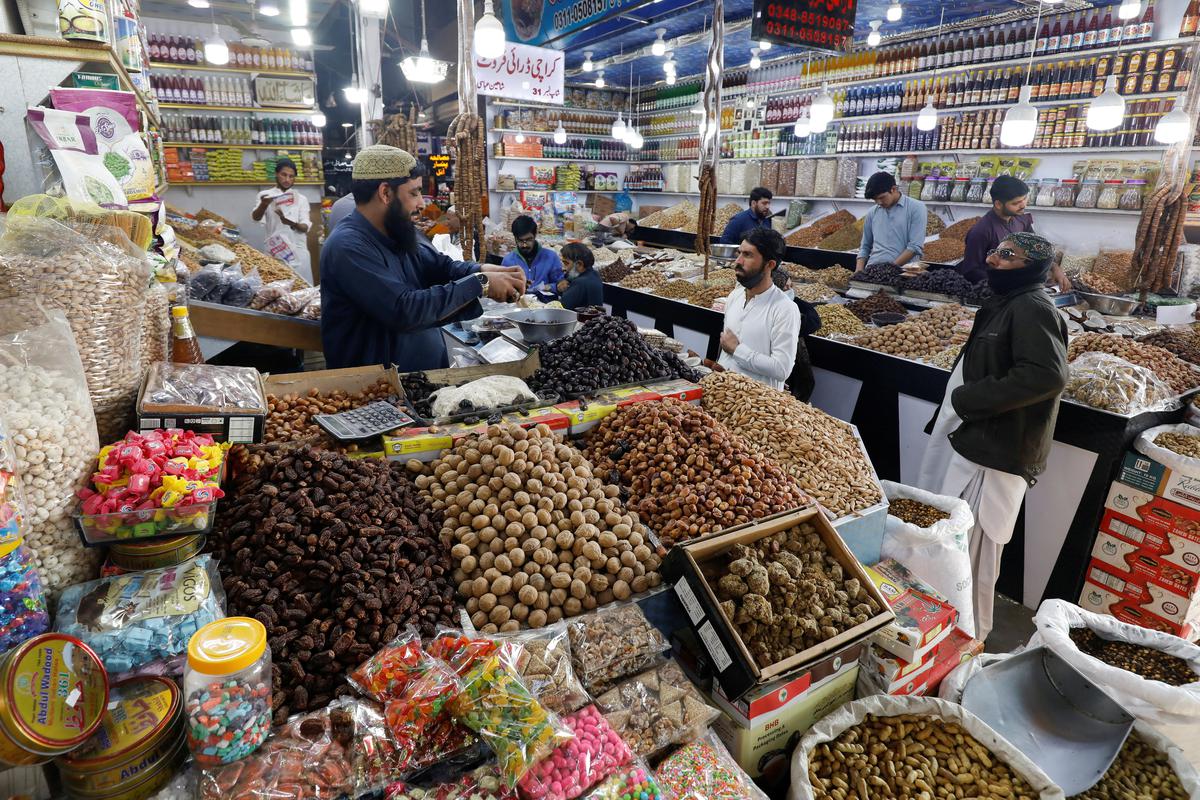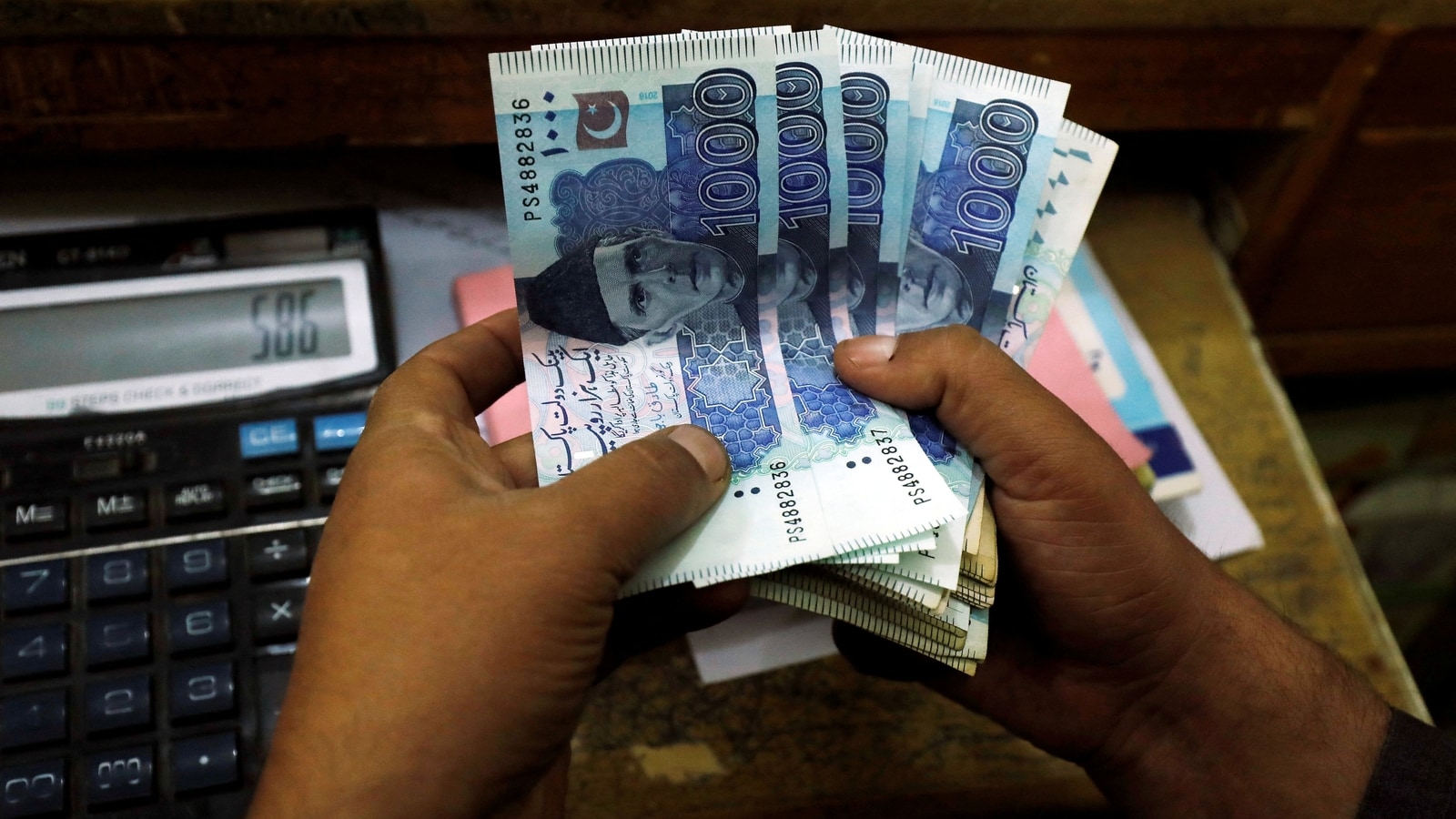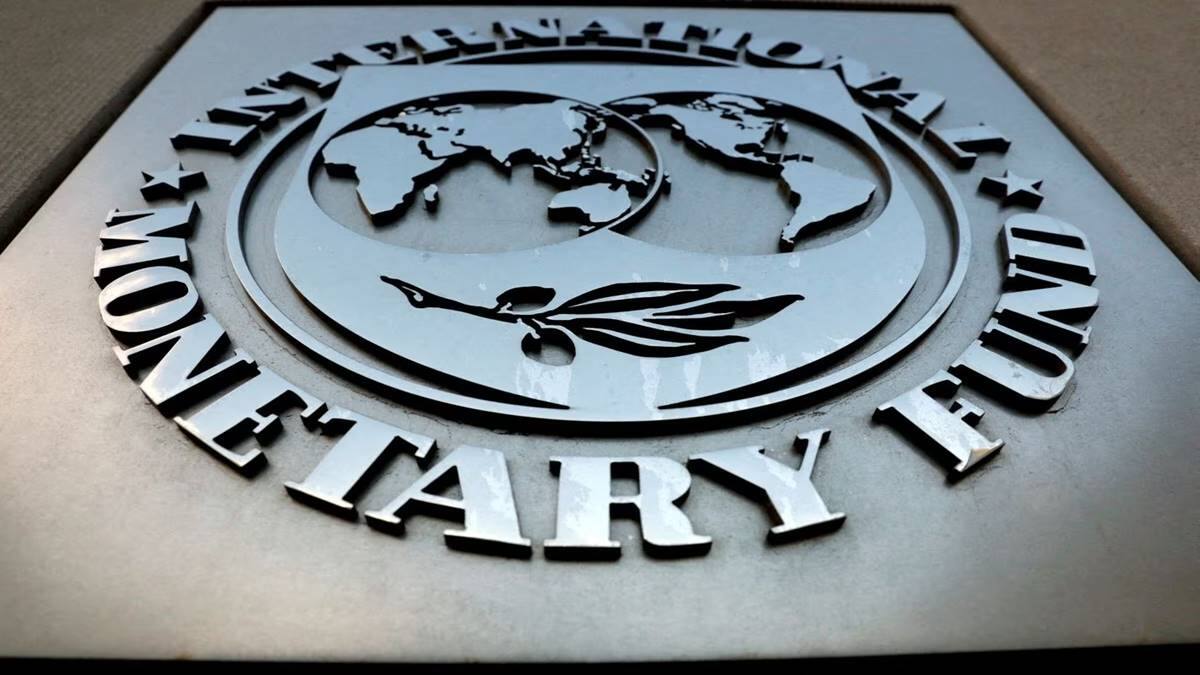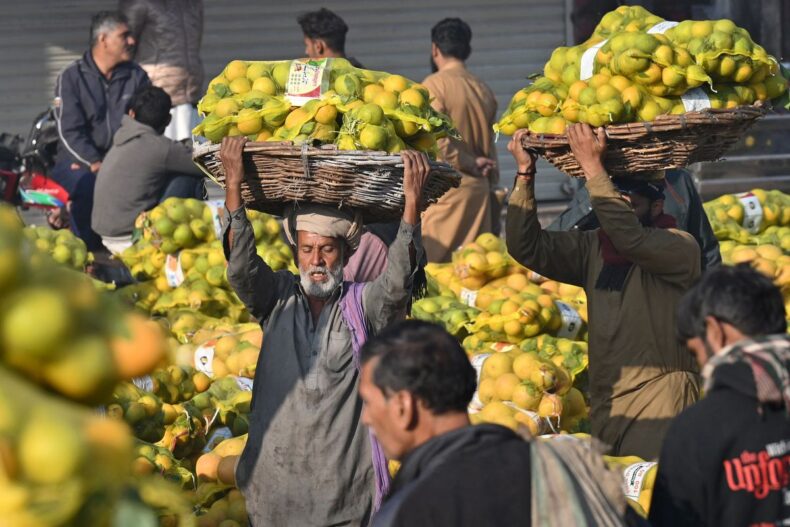Inflation hit a record high of 31.5% in February in Pakistan, as the economic crisis gets worse by the day. With food and transportation expenses driving inflation to record highs, analysts warn “people will have to make choices and sacrifices,”. February’s price increases were the quickest on record for Pakistan.
The monetary policy committee (MPC) will convene to discuss the effects of the current high inflation rate. In all likelihood, the committee will vote to increase interest rates.

The South Asian nation has risen to the ranks of the world’s 17 most expensive places to live and is rapidly approaching hyperinflation. That is to say, the common man and woman have seen a precipitous decrease in their purchasing power as a result of the depreciation of the Pakistani Rupee.
According to Arif Habib Ltd, a research organisation, this is the highest annual rate since records began being kept in July 1965, and inflation is anticipated to grow even further in the coming months. After hovering at 20% for eight months between June and January, inflation jumped past 30% last month. The study indicated that inflation was 12.2% in February of the previous calendar year.
Rise in Prices and Devaluation of Pakistani Currency
The result was a roughly 50% increase in the price of four common categories: transportation, food and non-alcoholic beverages, alcoholic beverages and tobacco, and entertainment and culture.
A 4.3% increase from January to February was the greatest monthly increase since October’s 4.7% increase. Meanwhile, fears over a stalled International Monetary Fund (IMF) deal saw the Pakistani rupee down by roughly PKR19 versus the US dollar.
According to the State Bank of Pakistan (SBP), today’s interbank market closing of $285.09 for one US dollar represents a decline of Rs 18.98, or 6.66 percent, from yesterday’s close of Rs 266.11.

Media outlets cited the All-Pakistan Sarafa Gems and Jewellers Association (APSGJA), which said the price of gold (24 carats) rose by 9,400 per tola and 8,058 per 10 kilos to settle at 206,500 and 177,040, respectively, after the historic collapse of the Pakistani rupee against the US dollar.
The import-reliant economy of the nation is struggling under the devaluation of its currency, which has led to soaring food and petrol prices in recent months. The fact that foreign exchange reserves are at an all-time low further adds to the misery.
Pakistan’s International Credit Credibility

The revelation of the dismal data coincided with a reduction of Islamabad’s domestic and foreign currency credit ratings from Caa1 to Caa3 by the international credit rating agency Moody’s.
“The decision to lower the ratings is driven by Moody’s judgment that Pakistan’s increasingly unstable financial and external situation significantly elevates default risks to a level consistent with a Caa3 rating,” the agency explained.
The government is in talks with the IMF to negotiate a $1 billion bailout package, and this rating is likely to harm their position. To receive assistance from the IMF, the Pakistani government has enacted additional tax policies. But, at this time it appears unlikely that we will be able to secure the final payment.
Inflation is projected to rise further in the coming months as IMF-mandated structural reforms and currency devaluation work their way through the supply chain, according to Lakson Investments’ chief investment officer Mustafa Pasha.













